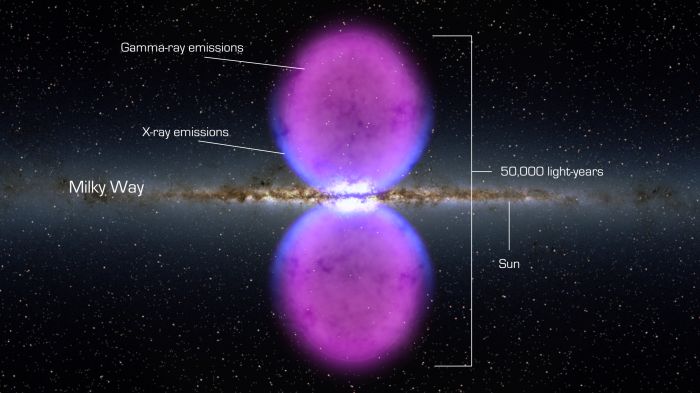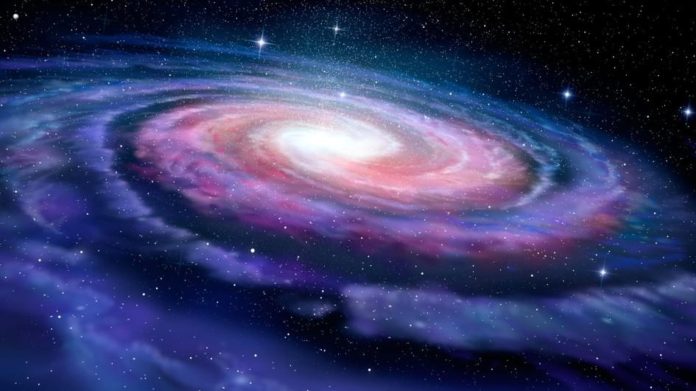There are many high-energy cosmic rays (CRs) in our galaxy that have energies far greater than any supernova explosion going and a team of scientists from Russia and China has developed a model in which to explain these. In the theory of how cosmic rays came about one of the key problems is in their acceleration mechanism. Vitaly Ginzburg and Sergei Syrovatsky addressed this issue back in the 1960’s when they hypothesized that CRs are actually generated when a supernova (SN) explosion occurs.

Another theory was proposed in 1977 by Germogen Krymsky and colleagues. They proposed that a specific mechanism of charged particle acceleration by SN shock waves was happening. The team suggested that because of the shock’s limited lifetime the maximum energy that could be achieved by the accelerated particles could be no more than 1014-1015 eV (electron volts). So, the problem then lies in how we can explain particles that have energies above 1015 eV.
A big breakthrough came for researchers when in 2010 the Fermi Gamma-ray Space Telescope detected two massive structures in the center of the galaxy that was emitting radiation. These structures, called Fermi bubbles, are elongated in shape and positioned symmetrically from one another extending across nearly half the diameter of the Milky Way. There’s a lot we still don’t know about these mysterious structures, but the location of them suggests that they have a connection with a central black hole that’s in the center of the galaxy. Most modern models link the bubbles to the formation of stars and/or an energy release that’s occurred due to a mass influx of stars during their accretion onto a black hole.
A series of papers have been published on the nature of these Fermi bubbles showing how X-ray and gamma-ray emissions in the area are there because of the different processes involving electrons that have been accelerated by shock waves as stellar matter gets pulled into the black hole. As the paper states, the suggestion is that Fermi bubbles may well be responsible for the formation of CR when at an energy greater than 3×1015 eV.
Vladimir Doigel is a MIPT staff member and author on the paper and he says, “It can be said that the processes we described are capable of re-accelerating cosmic rays generated in supernova explosions. Unlike electrons, protons have a significantly greater lifetime, so when accelerated in Fermi bubbles, they can fill up the volume of the Galaxy and be observed near the Earth. Our model suggests that the cosmic rays containing high-energy protons and nuclei with energy lower than 1015 eV, were generated in supernova explosions in the Galactic disk. Such CRs are re-accelerated in Fermi bubbles to energies over 1015 eV.”
More News to Read
- Meet the Engineer Who 3D Prints Revolutionary Human-Robotic Arms
- Meteor Shower From Dead Comet Sighted Again
- Will Tesla 3 Pre-orders See the Light of Day and Will This Car Create…
- Future NASA Study Will Focus on the Ocean Worlds of the Milky Way
- Quantum Computer Programming: What You Need to Learn to Get Started?

